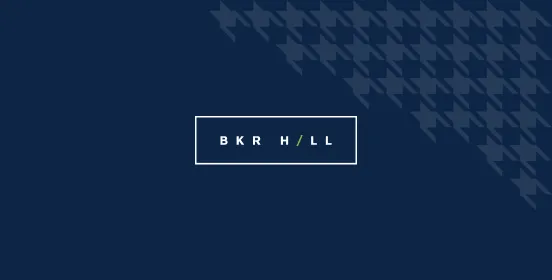The other day I happened to listen to a podcast from American Banker on the topic of whether banks should disclose how they invest customer deposits. The podcast was a really interesting conversation with Bruce Cahan, an Adjunct Professor at Stanford University who leads their Sustainable Banking Initiative.
Bruce’s point was that like-minded depositors and bankers could treat money as a commodity and tag it so that a depositor would know that his/her monies are going to support a certain type of loan. For example, if I wanted to deposit money at a bank my banker could say that my money is going to provide funds for a coffee shop that purchases coffee beans from some fair trade bean supplier – promoting sustainability and a triple bottom line (financial, ecological, and social good).
This was an interesting concept, and I am totally on board with this approach. For years I have been “lending” money on Kiva to women, minorities, village borrowers and bottom of the pyramid businesses. It is an emotional kick to know that my small loans have helped people in many countries, including countries I have never been to yet (you can see my portfolio in the graphic). So I very much appreciate Bruce’s concept of doing good with the power of money in the banking industry.
However, true sustainability in a capitalist-driven market has to have a profit component to be, well, sustainable.
What if you could take the same concept of tagging my deposits for certain loans, but then match them to my risk appetite? Hypothetically, would I be willing to take a greater risk for more return if a banker told me that the next direct deposit of my paycheck is going to support a lower grade loan? While this is just theoretical at this point, banks need to be thinking in this direction. What kind of business intelligence do they have in place to understand the opportunities they have on the books compared to new loans? What steps have they taken to make sure that the pricing is matched to the risk? How do depositors know their deposits are supporting a loan that is in the right performance tranche for the rate on the proposed deposits?
So, back to the question that made me think about writing this blog – what kind of transparency does your organization have today in its pricing and monitoring? I would love to continue the conversation, on Twitter at @mikehorrocks, to see how your bank or credit union is approaching this topic today.







